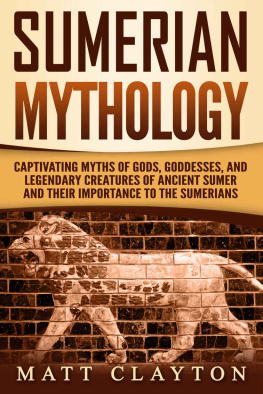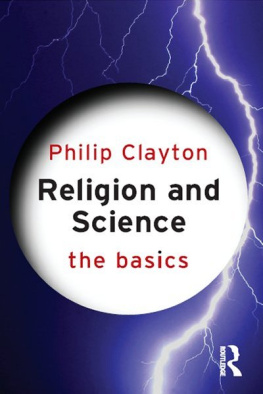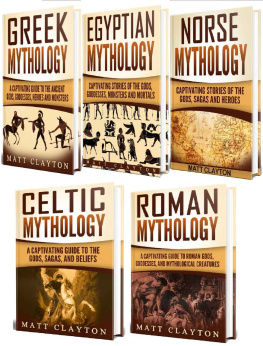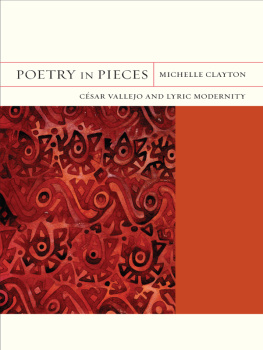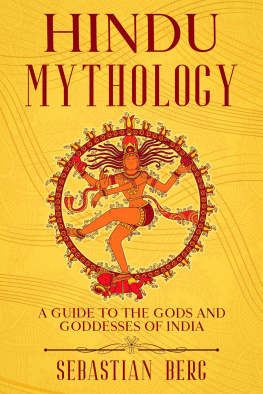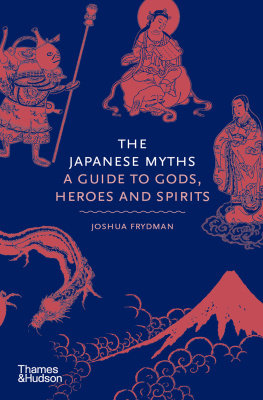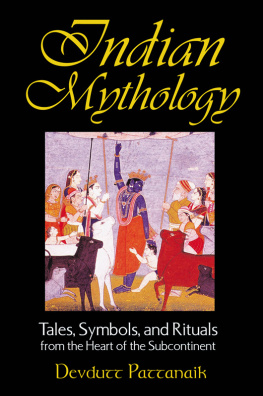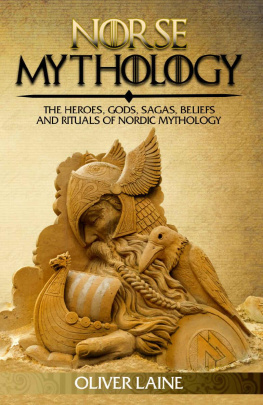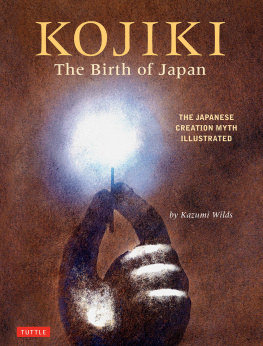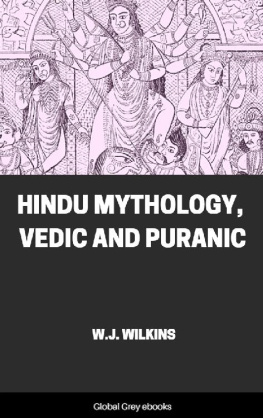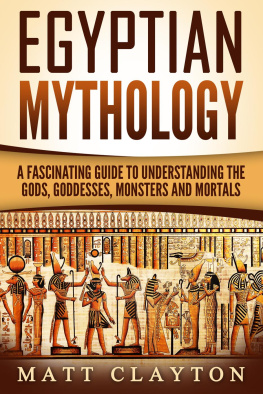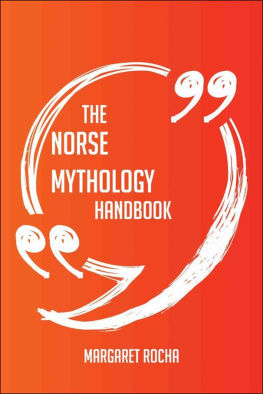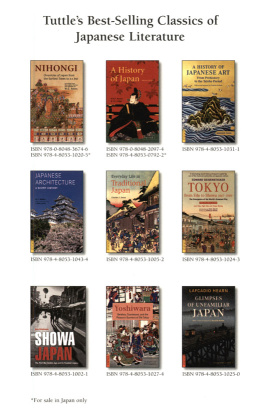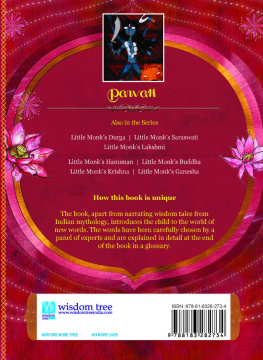Asian Mythology
A Captivating Guide to Chinese Mythology, Japanese Mythology and Hindu Mythology
Copyright 2018
All rights Reserved. No part of this book may be reproduced in any form without permission in writing from the author. Reviewers may quote brief passages in reviews.
Disclaimer: No part of this publication may be reproduced or transmitted in any form or by any means, mechanical or electronic, including photocopying or recording, or by any information storage and retrieval system, or transmitted by email without permission in writing from the publisher.
While all attempts have been made to verify the information provided in this publication, neither the author nor the publisher assumes any responsibility for errors, omissions or contrary interpretations of the subject matter herein.
This book is for entertainment purposes only. The views expressed are those of the author alone, and should not be taken as expert instruction or commands. The reader is responsible for his or her own actions.
Adherence to all applicable laws and regulations, including international, federal, state and local laws governing professional licensing, business practices, advertising and all other aspects of doing business in the US, Canada, UK or any other jurisdiction is the sole responsibility of the purchaser or reader.
Neither the author nor the publisher assumes any responsibility or liability whatsoever on the behalf of the purchaser or reader of these materials. Any perceived slight of any individual or organization is purely unintentional.
Table of Contents
Part 1: Chinese Mythology
A Captivating Guide to Chinese Folklore Including Fairy Tales, Myths, and Legends from Ancient China
Free Bonus from Captivating History: History Ebook
Hi History Lovers!
My name is Matt Clayton, and Im the creator of Captivating History. First off, I want to THANK YOU for reading our books in the Captivating History series. As an avid reader of History myself, I aim to produce books that will hold you captive.
Now you have a chance to join our exclusive history list so you can get the ebook below for free as well as discounts and a potential to get more history books for free! Simply click the link below to join.
P.S. If you join now, you will also receive a free Mythology book. Remember that its 100% free to join the list.

Click here to access your bonus
Also, make sure to follow us on:
Twitter: @Captivhistory
Facebook: Captivating History: @captivatinghistory
Introduction
Chinese mythology is a wealth of treasure composed of multiple religions, people groups, regions, and ideas. Perhaps the word mythologies would be more accurate than mythology, as it really encompasses so many different pantheons.
China, being a large and ancient country, also has a large and ancient tradition of mythology, legends, and folktales. Long ago, tales traveled orally and shifted in each region to be appropriate to the peoples landscape, ideas, and beliefs. This means that each story or myth often has numerous versions with slightly different emphasis. In this book, these versions sometimes favor one over another and other times have been combined, but either way, this book will give you a taste of the vast realm that is Chinese mythology.
You will encounter tales of the immortals, people who have managed to contribute to or do something so special that Heaven itself decided to bless them with eternal life. In other cases, like that of the Monkey King, immortality was taken through cunning and skill. A select few, like Nwa and the Jade Emperor, were immortals from the very beginning. Gods are also much more tangible in Chinese mythology and are even considered fallible. Even Lao Tzu, founder of Taoism, loses his perfection with the rise of Buddhism, and Buddha becomes the new infallible immortal and the exception to this rule. Though equality to the gods was attainable, and sought after, it was nothing to take for granted. Gods were highly respected and feared and many had an altar in their homes dedicated to a certain god or their ancestors.
China is an ancient and proud country for good reasons. Many of their myths, legends, and folktales are highly respected and read even today. If you are ready to be captivated by this multitude of mythologies, then snakes, spirits, demons, dragons, phoenixes, immortals, and mere mortals all await you in the pages to come.
Chapter 1 The Origin of Earth and Humans
In the cosmic chaos, there was an egg. Inside the egg lay Pangu. He was the first god, the first giant, and simply first. Laying inside the egg, he began to form heaven and earth. Every day he would grow, and every day the heavens would rise ten feet higher and the earth would grow ten feet thicker. In the beginning, it was small and chaos still ensued all around. But each day as Pangu grew so did heaven and earth. After 18,000 years, Pangu was finally finished. Heaven was now extremely high and the earth was incredibly deep. Some say this was the formation of Yin (turbid Earth) and Yang (limpid heaven), while others would say that Yin and Yang came first, putting order into the earth and that it was only from that order Pangu first began to grow and eventually emerge.
As all things, except immortals, must die, so did also Pangu. But with his death, creation bloomed. For his body became everything we see around us. His left eye became the sun, while his right became the moon. From the strands of his beard, the stars were formed. His four limbs and five extremities became the edges of the earth and the Five Mountains. His blood formed the rivers, while his breath became the wind and clouds. His flesh turned to earth and the hairs on his head became the plants and trees to grow in it. Metals and rocks appeared from his teeth and bones, while his semen and marrow became jade and pearls. Finally, his sweat and fluids gave the earth rain so that it could hold life. Perhaps Pangu was also covered in mites and insects and it was them that became the first humans, but on that point, Nwa would like to disagree.
The goddess Nwa saw the earth and heaven that Pangu had formed with his dying body and his final breath. She found it so beautiful that she decided to live there. But after a while, she became lonely and decided to make people. She took up the yellow earth and began to form the people with her hands. The work was tiring and exhausted her. Eventually, she decided to grab a leather cord and simply drag it through the earth, shaking off the pieces of earth from it and creating the rest of the people that way. Now she no longer had to be alone. But after a while, the humans began to die so Nwa started to form new people again. She knew she could not be bothered to keep forming new people constantly, so instead she gave humans a way to reproduce. After this, she withdrew, being content with what she had made. Little did she know that her work was not done yet.
Many years later, a terrible flood passed over the entire land and only two people survived, a brother and a sister. Both of them wanted to reproduce and ensure that humanity would survive, however, they felt great shame because they knew they were siblings and should not intertwine. They called to the heavens, but received no answer, so they decided to do two tests. First, they went up a high mountain, rolling down two millstones, one on each side of the mountain. Only if the stones landed next to each other could they then marry. The stones rolled down the height of the mountain, and at the bottom, both were lying next to each other. They had passed the first test and now felt comfortable getting married. Now, they went to separate locations and made fires. If the smoke from the fires intertwined with each other, they could have children and would be able to repopulate the desolate earth. After the fires had been made, both the brother and sister looked up into the sky. Slowly, the smoke that had risen separately from both their fires had become one. The brother and sister were sure they had the blessings of heaven and so they had children. However, when the sister finally gave birth, it was not the child they had expected. Instead, a spherical piece of flesh had been born. They were distraught. Had they misread the signs? For nine months they had waited for a child and instead received this abomination. They wept together, and as they wept, Nwa heard them and appeared before them. She took a knife and cut open the spherical piece of flesh and formed not one child but many.


